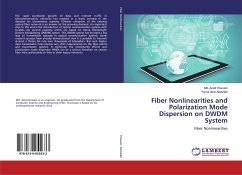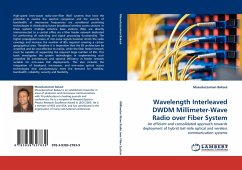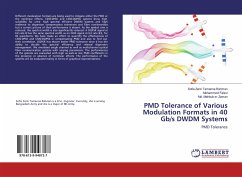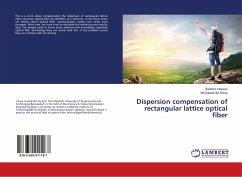The rapid worldwide growth of data and internet traffic in telecommunication networks has resulted in a sharp increase in the demand for transmission capacity. Efficient utilization of the existing optical fiber network is an answer to this growing demand. An important step to this end is the introduction of optical communication systems with terabits per second capacity, which are based on Dense Wavelength Division Multiplexing (DWDM) system. This DWDM system has brought a big leap of transmission capacity in optical communication systems. Some research groups have already demonstrated that it is possible to transmit al-most a Tbits/s bit rate over thousands of kilometers. But such higher data transmission rates impose very strict requirements on the fiber plants and transmission systems. In particular the nonlinearity effects and polarization mode dispersion (PMD) can be a serious limitation on certain fiber links, particularly on links in older legacy networks.
Bitte wählen Sie Ihr Anliegen aus.
Rechnungen
Retourenschein anfordern
Bestellstatus
Storno








